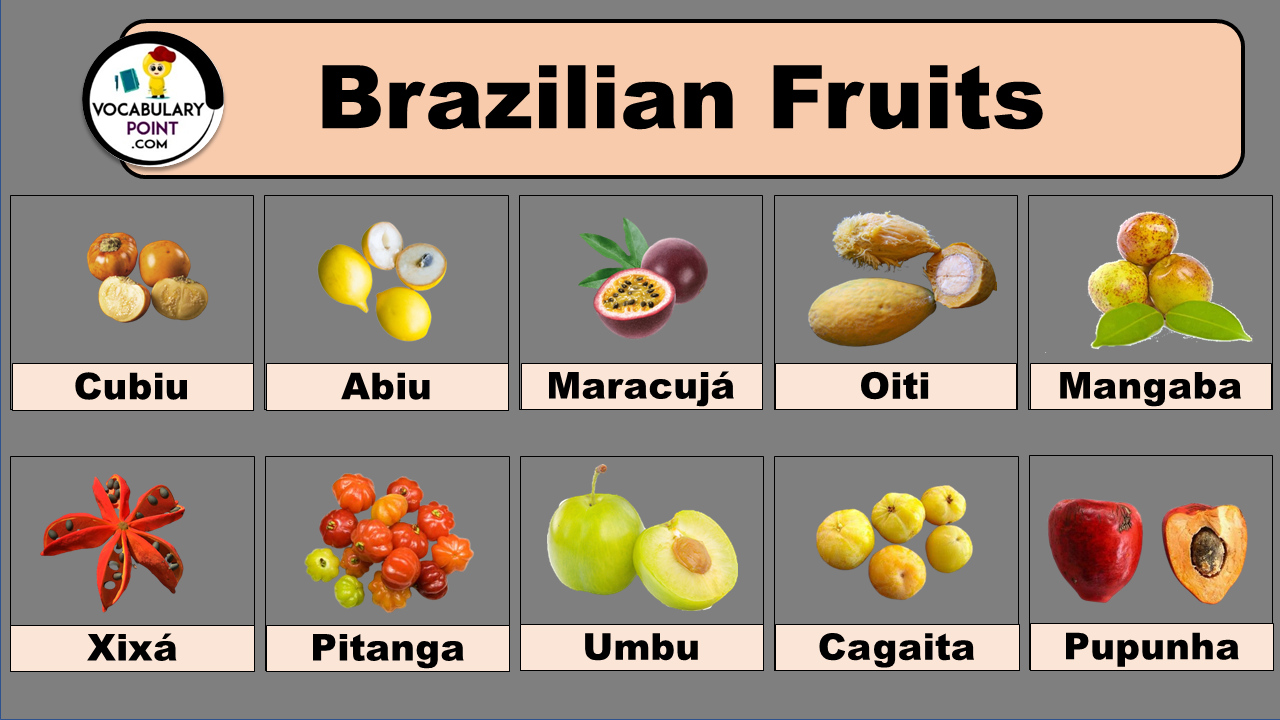With its vast tropical rainforests and diverse ecosystems, Brazil is a treasure trove of unique and exotic fruits. This South American country boasts an extensive list of fruits that are not only delicious but also packed with nutritional benefits. Whether you’re a fruit enthusiast or simply curious about the wonders nature has to offer, join us on a mouthwatering journey as we explore some of Brazil’s most fascinating fruits.
List of Brazilian Fruits
Sweetsop
A fruit known for its sweet, creamy texture and flavor, also called sugar apple. Eaten fresh or used in desserts.
Cubiu
A South American tomato-like fruit, rich in vitamins and minerals, used in sauces and as a medicinal plant.
Araticum
A tropical fruit from Brazil, similar to custard apple. Sweet and creamy, eaten fresh or used in sweets.
Cagaita
A Brazilian fruit known for its tart flavor, used in making juices, ice creams, and alcoholic beverages.
Guanandi
A hardwood tree native to Brazil, not commonly known for edible fruits but valued for environmental conservation.
Tamarindo
Also known as tamarind, a pod-like fruit used for its sour-sweet flavor, often in Asian and Latin American cuisines.
Jabuticaba
A Brazilian fruit that grows directly on the trunk of its tree. Sweet and grape-like in flavor.
Pitahaya (Dragon Fruit)
A tropical fruit with bright pink or yellow skin and sweet, seeded flesh. Known for its distinctive look and antioxidant properties.
Macauba
A palm tree in Brazil, its fruits are used for oil production and as animal feed.
Acerola
A small, bright red fruit known for its high Vitamin C content. Used in juices and nutritional supplements.
Guaperu
Also known as guapurium, a rare tropical fruit from the Amazon, not widely documented in mainstream sources.
Sapodilla
A tropical fruit with a rough exterior and sweet, caramel-flavored flesh. Eaten fresh or used in desserts.
Carambola (Starfruit)
A fruit with a unique star shape when sliced. Sweet and sour in taste, used in culinary dishes and beverages.
Sapoti
Another name for sapodilla, a sweet, brown-fleshed fruit often used in desserts and smoothies.
Canistel
Also known as eggfruit, for its egg-like texture. A bright yellow, sweet fruit, eaten fresh or used in desserts.
Cupuaçu
A tropical rainforest fruit related to cacao, with a creamy, exotic-tasting flesh. Used in desserts and beverages.
Pupunheira
The tree that produces peach palm fruits, which are used in cooking and can be eaten boiled or made into flour.
Biribá
A tropical fruit from the Amazon, related to the cherimoya. Sweet and creamy, often eaten fresh.
Pitanga
Also known as Surinam cherry. A small, red fruit with a tart flavor, used in jams, juices, and desserts.
Uxi
A Brazilian fruit with hard, yellow flesh, used medicinally and for its oil-rich seeds.
Jambo
An Asian tropical fruit, known for its rose-scented flavor and crunchy texture. Eaten fresh or used in salads.
Cambuci
A Brazilian fruit with a tart flavor, used in beverages, jams, and culinary dishes.
Pequi
A Brazilian fruit with a strong flavor and aroma, used in traditional dishes, especially in the Cerrado region.
Quiuí
Not widely known, potentially a local or indigenous name for a specific fruit or variant in South America.
Romã
Also known as pomegranate. Known for its juicy seeds and health benefits, used in juices and cooking.
Guava
A tropical fruit with green skin and pink or white flesh. Rich in dietary fiber, vitamin C, and lycopene.
Umbu
A Brazilian fruit from the caatinga biome, acidic and juicy, used in drinks and sweets.
Jucara
A palm fruit similar to açaí, used for its antioxidant-rich berries in Brazil.
Ingá
A tropical fruit with a sweet, cotton-like pulp inside its long pods. Eaten fresh or used in desserts.
Goyava
Another spelling for guava, a popular tropical fruit known for its sweet flavor and nutritional benefits.
Murici
A small, yellow Brazilian fruit with a unique, strong flavor. Eaten fresh or used to flavor liqueurs and sweets.
Murta
A berry fruit known for its use in jams and jellies, with a flavor similar to guava and cranberry.
Camu Camu
A small, sour berry native to the Amazon rainforest, known for its exceptionally high vitamin C content.
Rambutan
A tropical fruit with hairy shell and sweet, juicy flesh similar to lychee. Eaten fresh or canned.
Banana
A long, yellow fruit with soft, sweet flesh. High in potassium and vitamins, eaten fresh or used in cooking.
Xixá
Also known as Sterculia striata, a Brazilian native tree, its fruits are not widely known for culinary uses.
Camapu
A plant known in traditional medicine, potentially with edible parts, but not widely recognized in global cuisine.
Kiwi
A small fruit with fuzzy, brown skin and bright green or yellow flesh. Sweet and tangy, rich in vitamins C and K.
Maracujá
The Portuguese name for passion fruit, known for its aromatic and tangy-sweet flesh.
Oiti
A tropical fruit tree, its fruits are edible but not widely commercialized. Known in some Brazilian regions.
Tamarind
A pod-like fruit used for its sour-sweet flavor, often in Asian and Latin American cuisines.
Abiu
A tropical fruit with smooth, bright yellow skin and sweet, custard-like flesh. Eaten fresh or used in desserts.
Bacaba
A palm fruit similar to açaí, used in the Amazon region for its dark purple, antioxidant-rich juice.
Papaya
A tropical fruit with orange flesh and black seeds. Sweet and rich in vitamins C and A.
Mama-cadela
A Brazilian plant known for its medicinal properties, the fruit is not commonly consumed.
Araça
A Brazilian fruit similar to guava but smaller and with a more tart flavor. Used in jams and juices.
Uvaia
A small, orange-yellow Brazilian fruit with a tart, slightly sweet flavor. Used in beverages and jams.
Yerba-mate
A plant used to make a traditional South American caffeine-rich infused drink, not a fruit.
Kiwifruit
Another name for kiwi, known for its bright green flesh and nutritional benefits.
Imbu
Another name for umbu, a sour and juicy fruit native to Brazil’s caatinga biome.
Jatobá
A tropical fruit tree, its resin and seeds are used in traditional medicine and as a dietary supplement.
Araça-boi
An Amazonian fruit with a thick skin and sweet, aromatic pulp. Eaten fresh or used in juices.
Embaúba
A genus of tropical trees, known more for their ecological role than for edible fruits.
Açaí
A berry from the Amazon, known for its deep purple color and antioxidant properties. Used in bowls and juices.
Cacao
The seed of the cacao tree, used to make cocoa powder and chocolate. Rich in antioxidants.
Pineapple
A tropical fruit with a rough, spiky exterior and sweet, juicy interior. Rich in vitamins and enzymes.
Aracuja-manga
A term not widely recognized, potentially a misinterpretation or local name for a type of passion fruit or mango.
Laranja
The Portuguese word for orange, a citrus fruit known for its vitamin C content.
Caju
The Portuguese name for cashew, including the fruit part attached to the nut. Rich in vitamin C.
Maracuja (Passion Fruit)
Known for its aromatic and tangy-sweet flesh, used in juices, desserts, and culinary dishes.
Graviola
Also known as soursop, a fruit known for its creamy texture and strong flavor. Used in smoothies and health supplements.
Soursop
Same as graviola, a large, green tropical fruit with soft, sweet flesh. Used in beverages and desserts.
Biriba
A repeat entry, a fruit from the Amazon, related to the cherimoya. Sweet and creamy, often eaten fresh.
Jaca
The Portuguese name for jackfruit, the largest tree-borne fruit, known for its sweet taste and meat-like texture when cooked.
Mangaba
A Brazilian fruit with a sweet and slightly sour flavor, used in making ice creams, juices, and sweets.
Pupunha (Peach Palm)
The fruit of the peach palm, used boiled or made into flour in South American cuisine.
Noni
A tropical fruit known for its strong odor and bitter taste, often used in dietary supplements for its health benefits.
Cajá
A tart, tropical fruit from Brazil, used in juices, ice creams, and alcoholic beverages.
Explore More Fruits Names:
Green Fruits | White Fruits | Hard Fruits
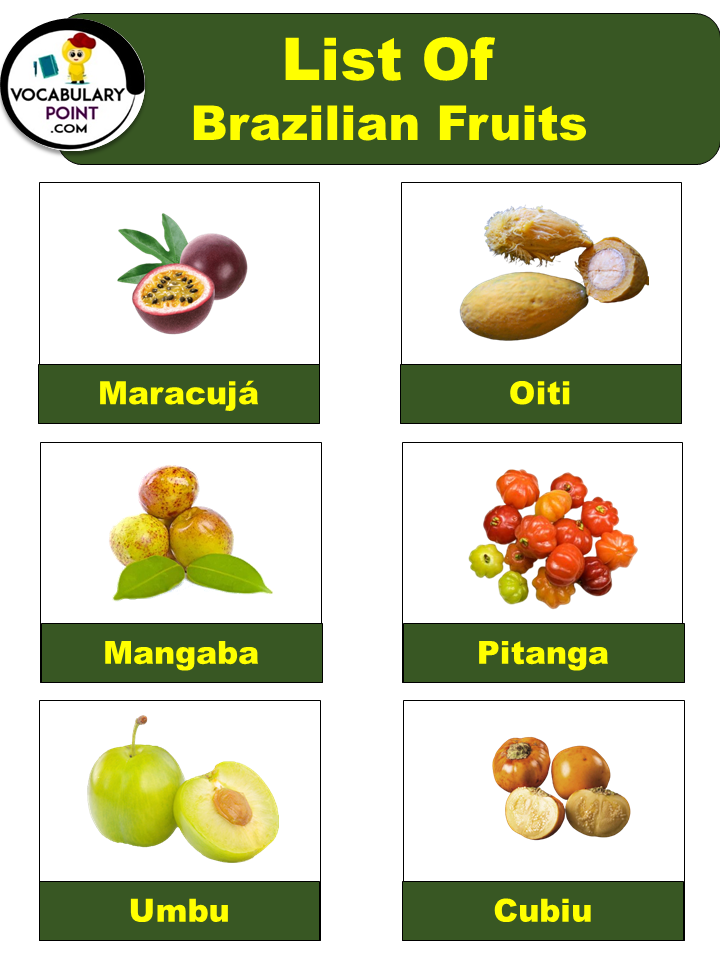
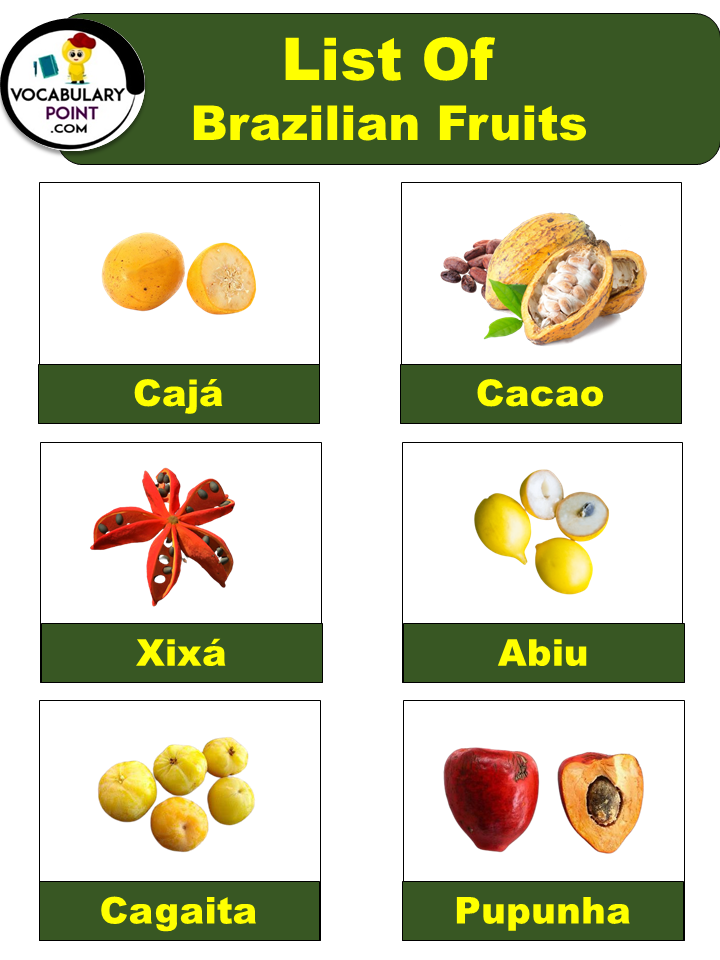
Brazilian Fruits Names with Pictures
Cajá
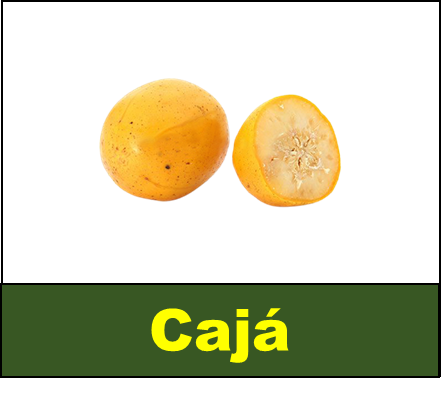
- Vitamin C Boost:
Cajá is a rich source of vitamin C, which strengthens the immune system, supports collagen production for healthy skin, and acts as a potent antioxidant to protect cells from damage.
Cacao
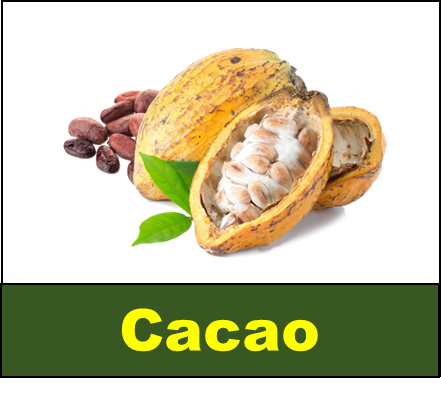
- Antioxidant Abundance:
Cacao is loaded with powerful antioxidants, including flavonoids and polyphenols, which help combat oxidative stress, reduce inflammation, and protect cells from damage, potentially lowering the risk of chronic diseases.
Xixá
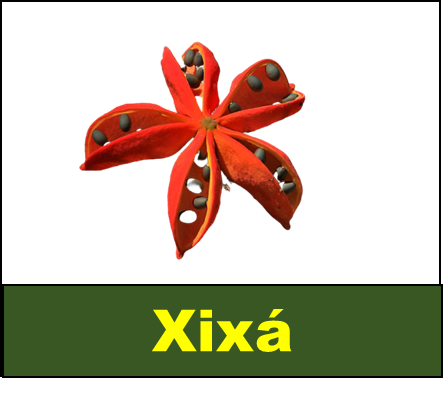
- Enhanced Mental Clarity:
Xixá has been shown to boost cognitive function, leading to improved mental clarity and focus. It helps individuals think more clearly and make better decisions.
Abiu
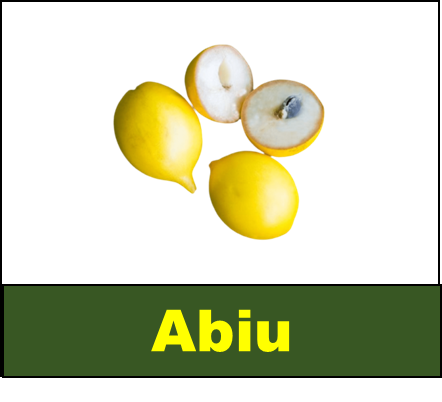
- Antioxidant Rich:
Abiu is packed with antioxidants that help protect your cells from oxidative stress and damage. These antioxidants play a crucial role in maintaining overall health and preventing various chronic diseases.
Cagaita
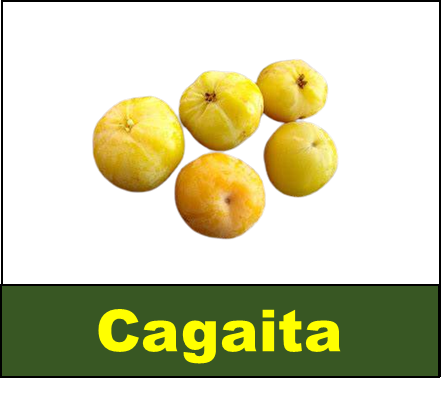
- Rich in Antioxidants:
Cagaita is abundant in antioxidants, which combat harmful free radicals in the body. These antioxidants help protect cells from damage and may lower the risk of chronic diseases.
Pupunha
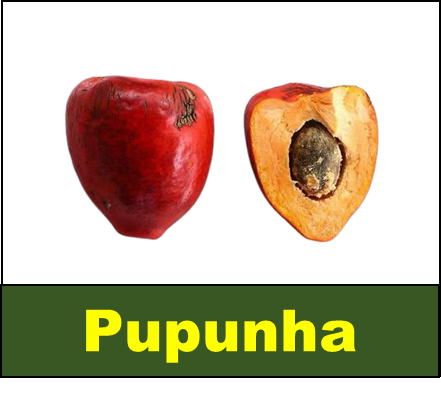
- Heart Health:
Pupunha is rich in monounsaturated fats, which can help lower bad cholesterol levels in the blood. Consuming Pupunha as part of a balanced diet may reduce the risk of heart disease.
Maracujá
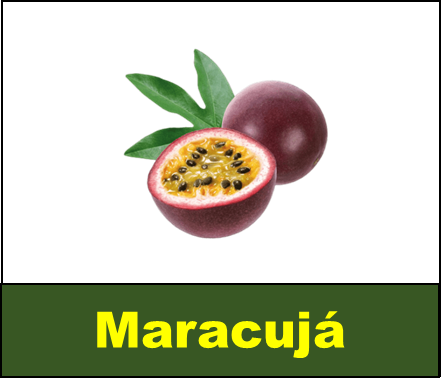
- Stress Reduction:
Maracujá is known for its calming properties, helping to reduce stress and anxiety. It contains compounds that promote relaxation and may improve sleep quality.
Oiti
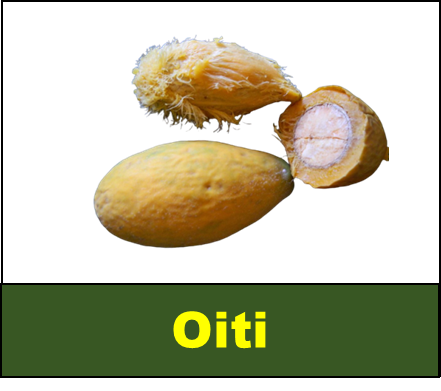
- Boosts Immune Function:
Oiti is rich in vitamins and minerals, such as vitamin C and zinc, that help bolster the immune system. Regular consumption can enhance the body’s ability to defend against infections and illnesses.
- Supports Skin Health:
Oiti contains nutrients like vitamin E and essential fatty acids that promote healthy skin. These components contribute to skin hydration, elasticity, and overall skin vitality.
Mangaba
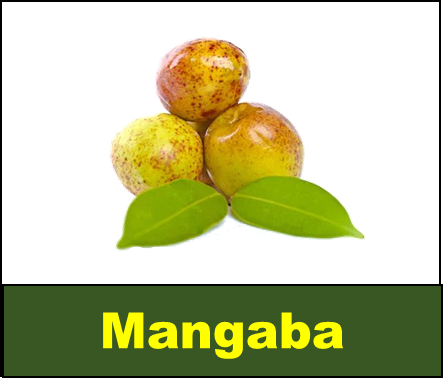
- Rich in Antioxidants:
Mangaba is abundant in antioxidants that combat free radicals in the body, helping to protect cells and reduce the risk of chronic diseases.
Pitanga
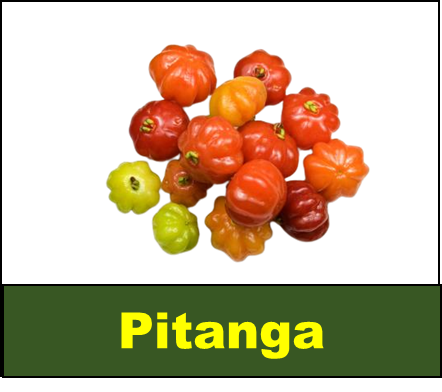
- Antioxidant-Rich:
Pitanga is packed with antioxidants that help combat free radicals, protecting cells from oxidative damage and reducing the risk of chronic diseases.
Umbu
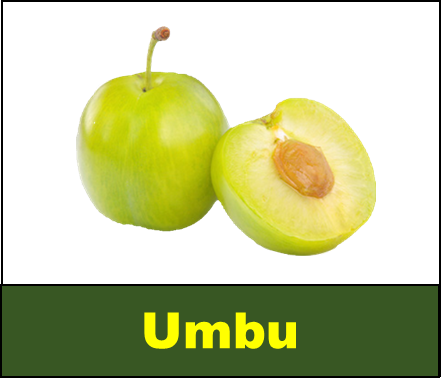
- Hydration:
Umbu is a hydrating fruit with a high water content, making it an excellent choice for staying refreshed and quenching thirst, especially in hot climates.
Cubiu
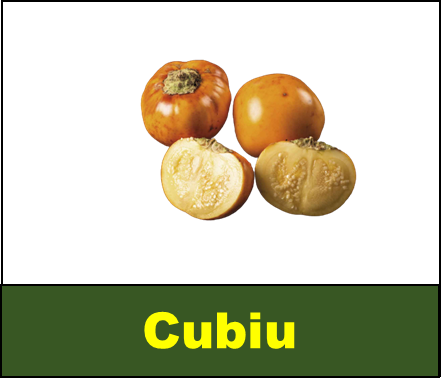
- Immune Support:
Cubiu is rich in immune-boosting nutrients such as vitamin C and zinc, which help strengthen the body’s defenses against infections and illnesses.
